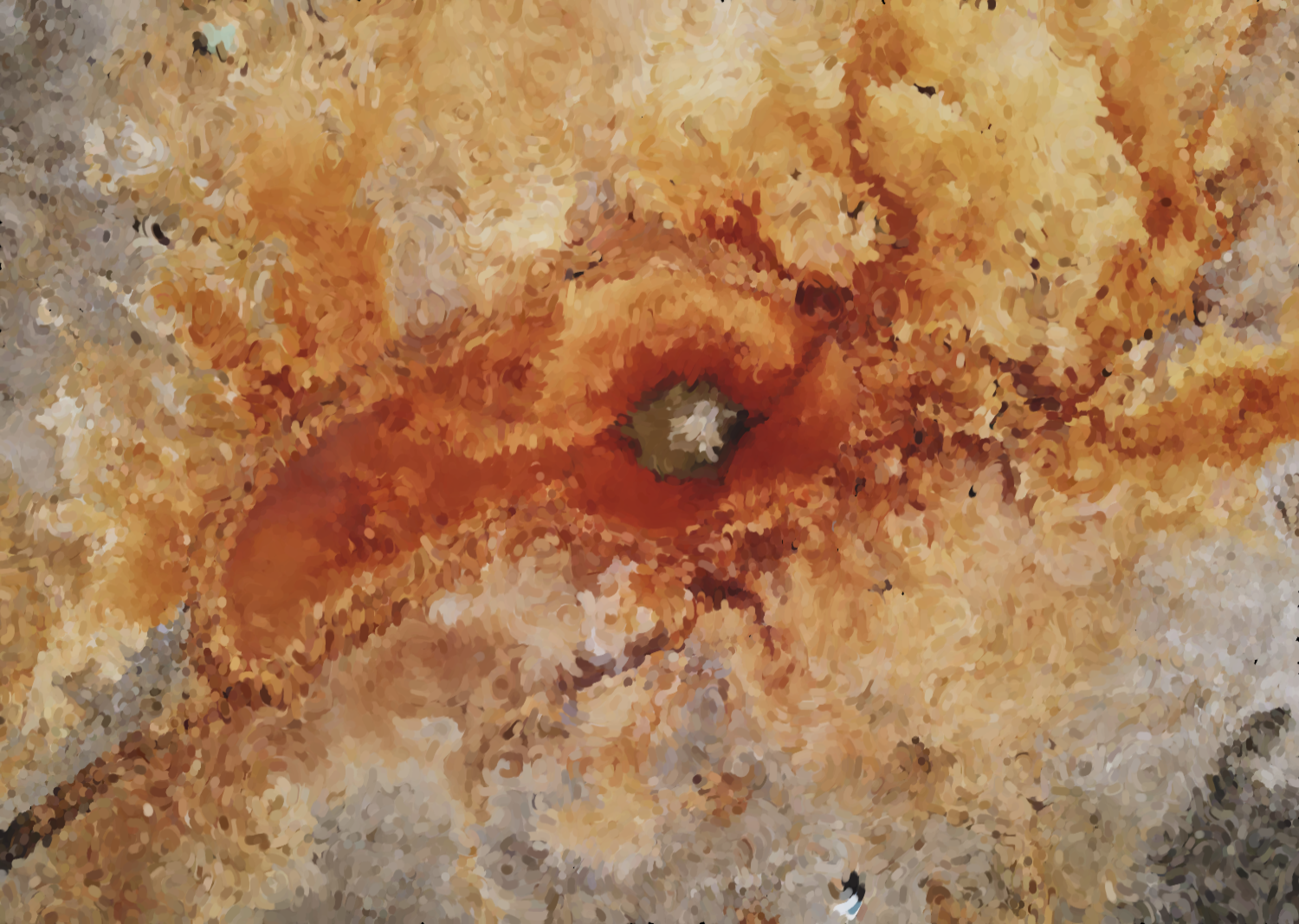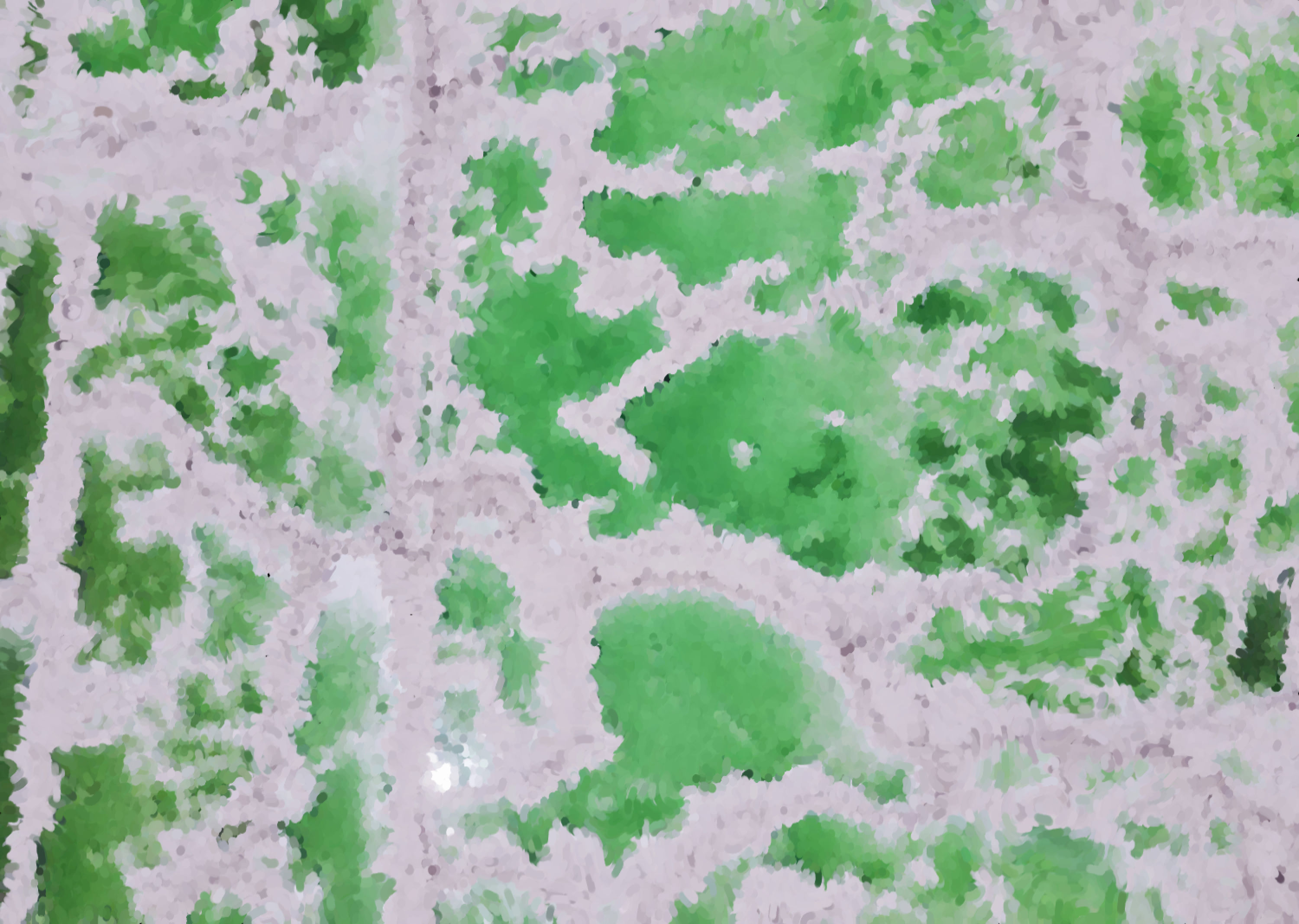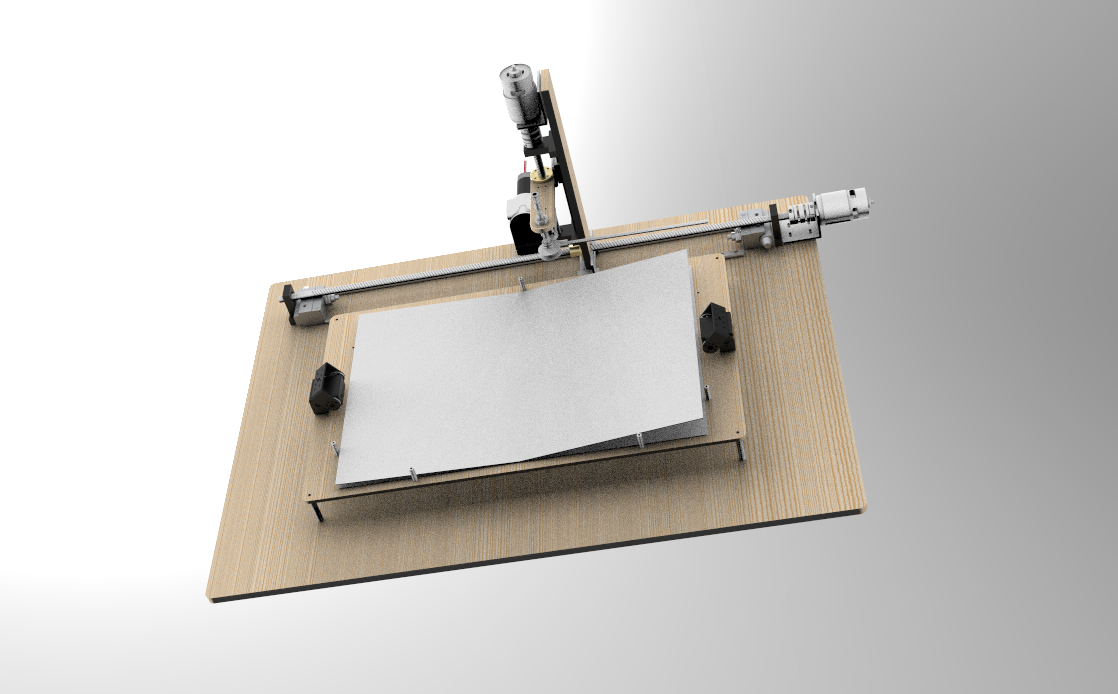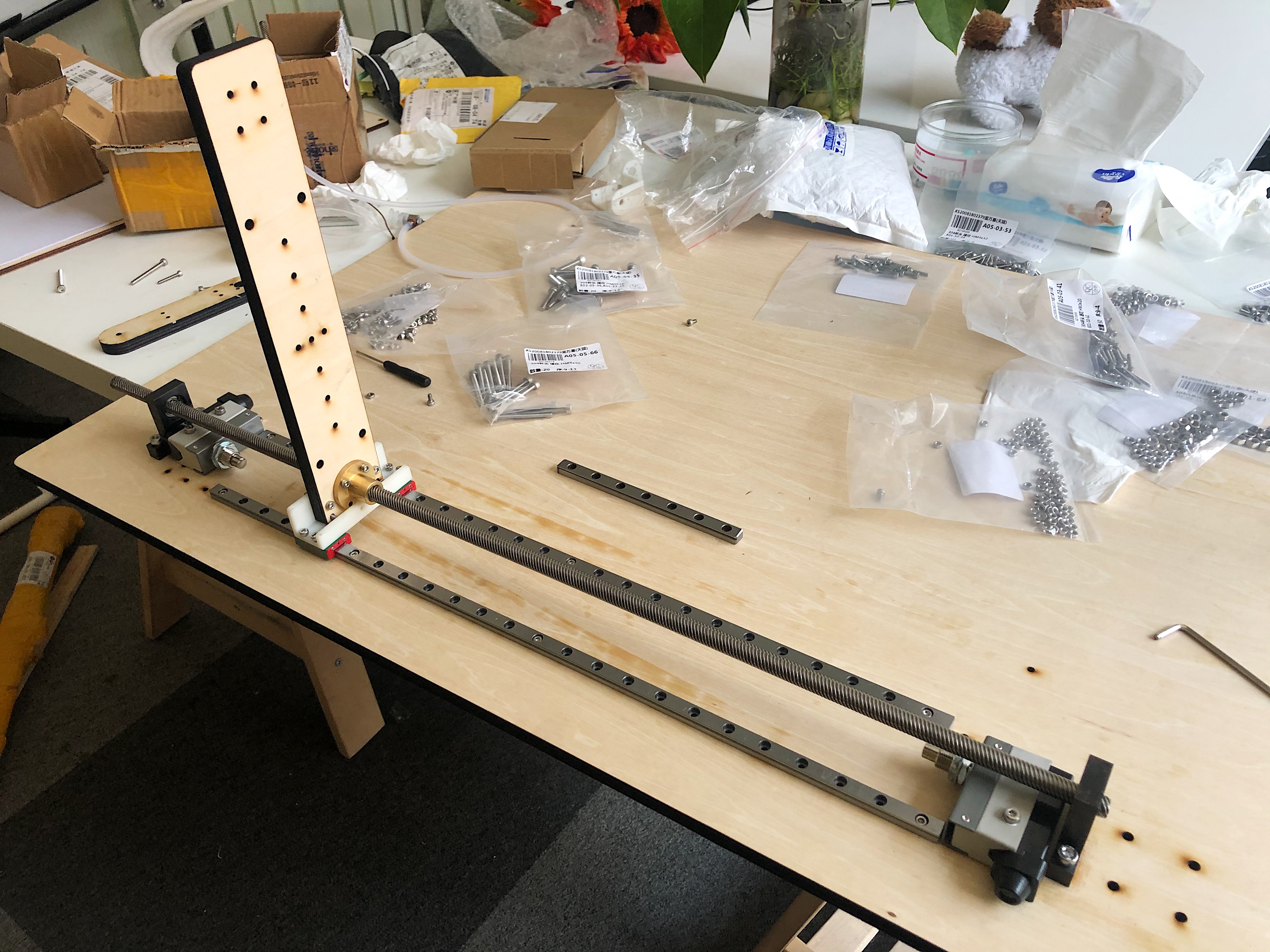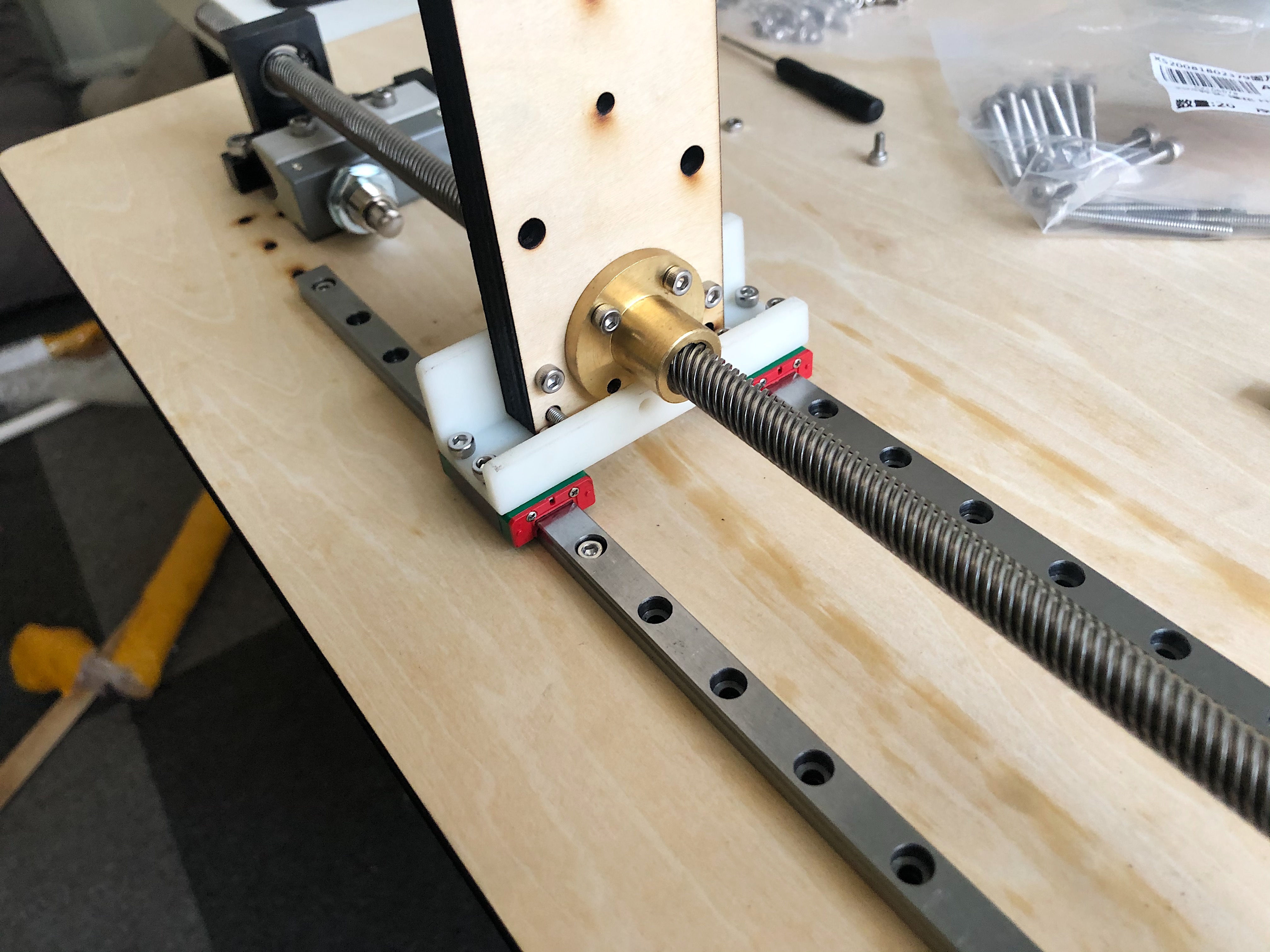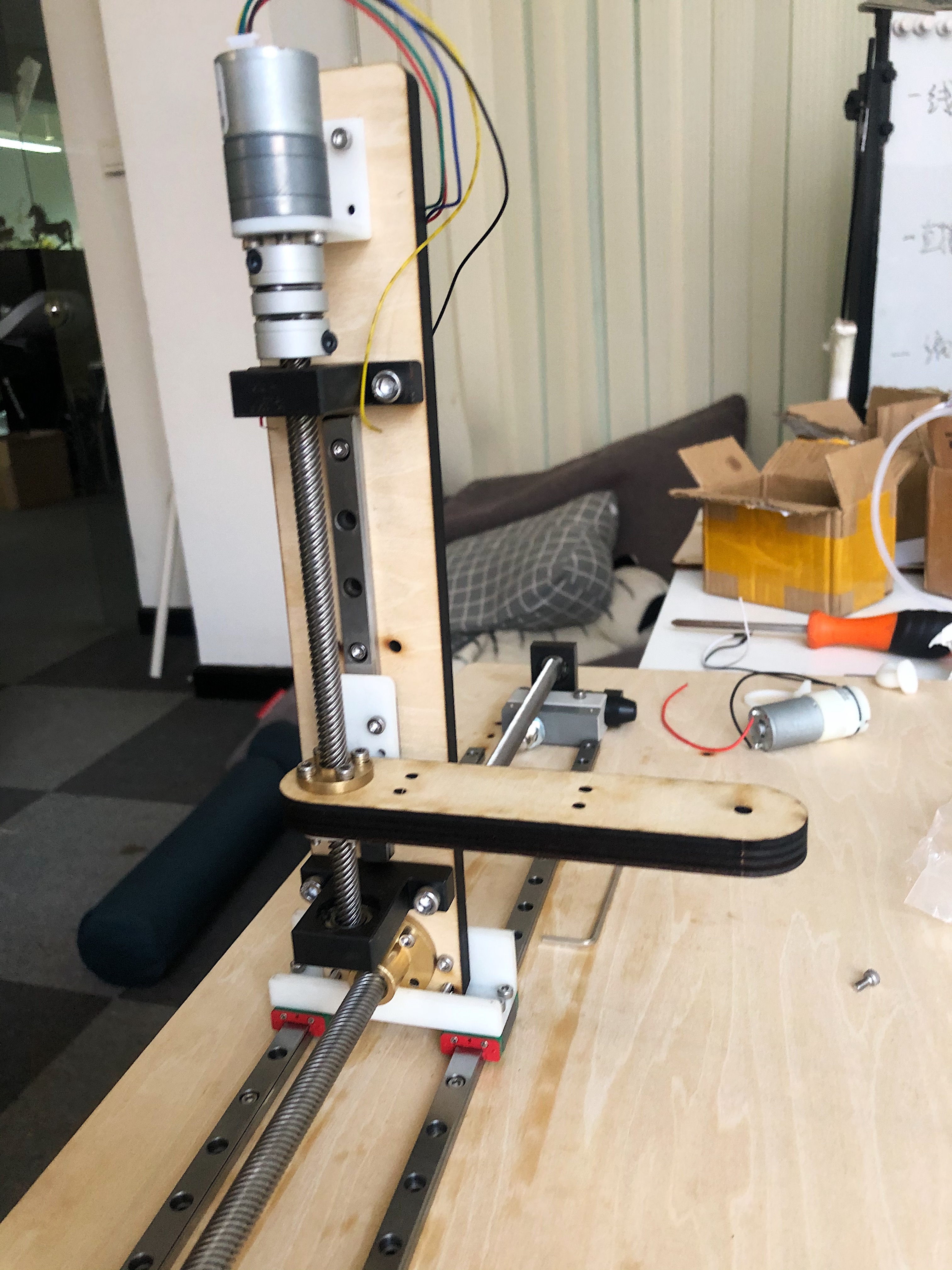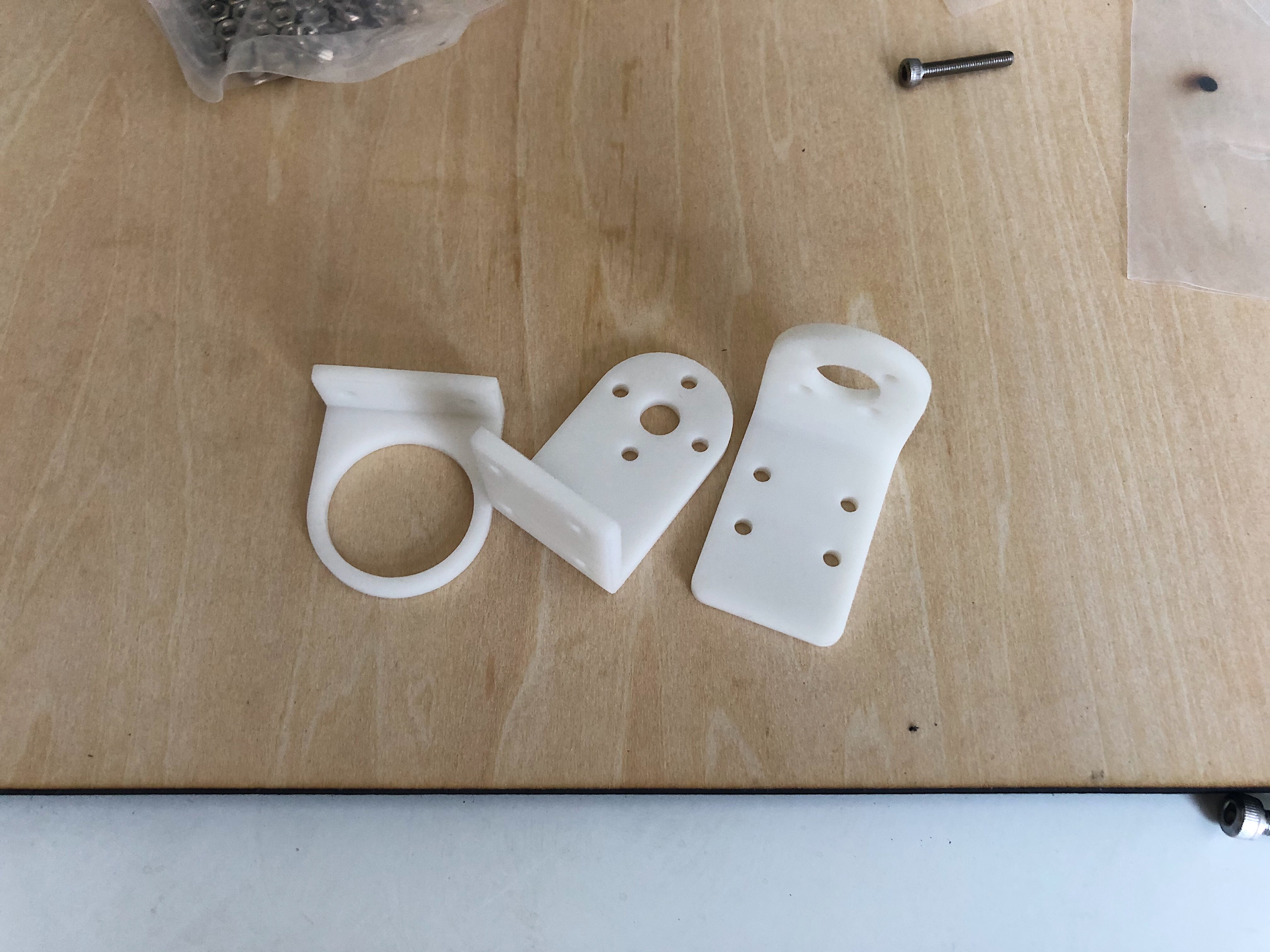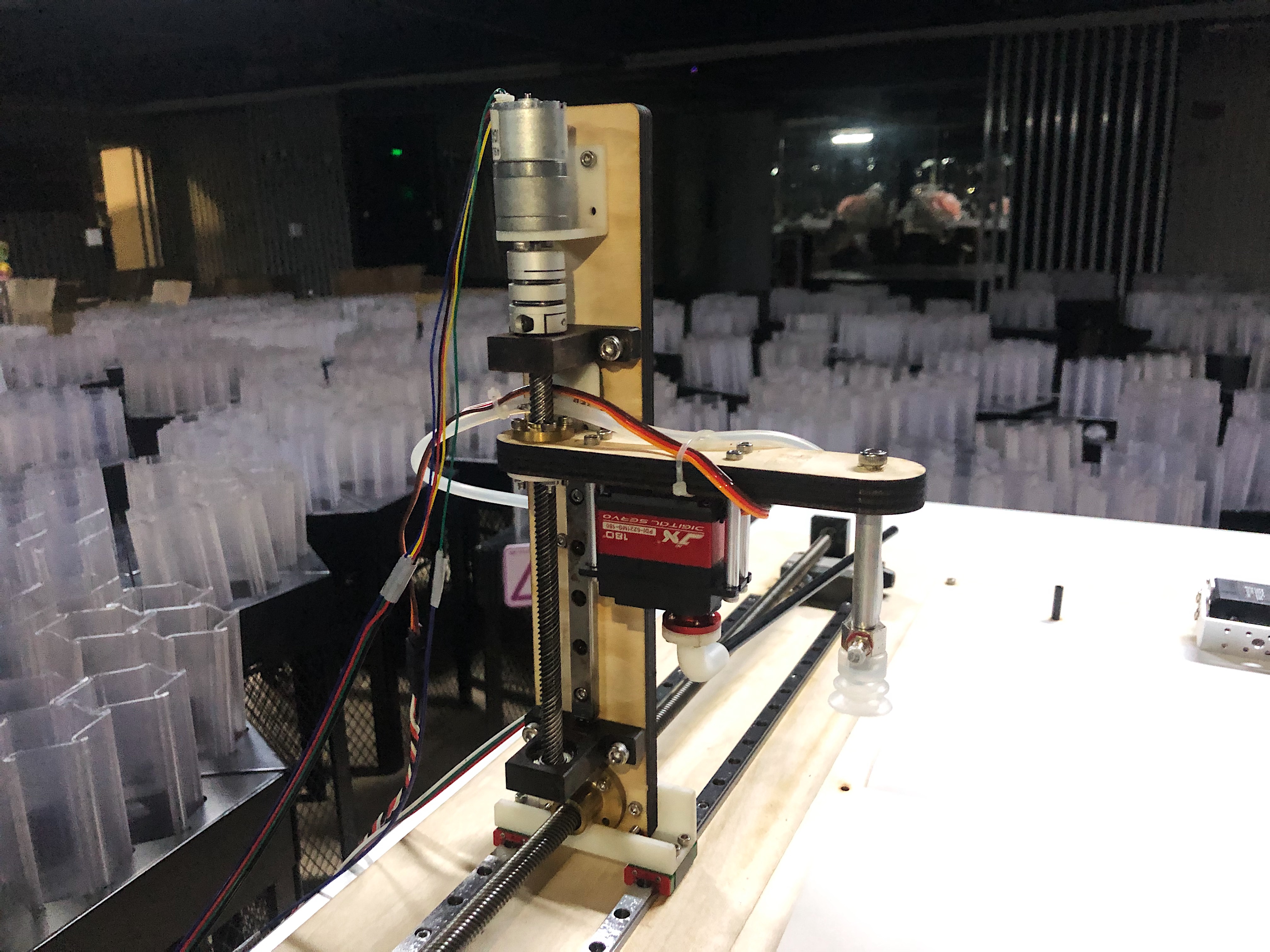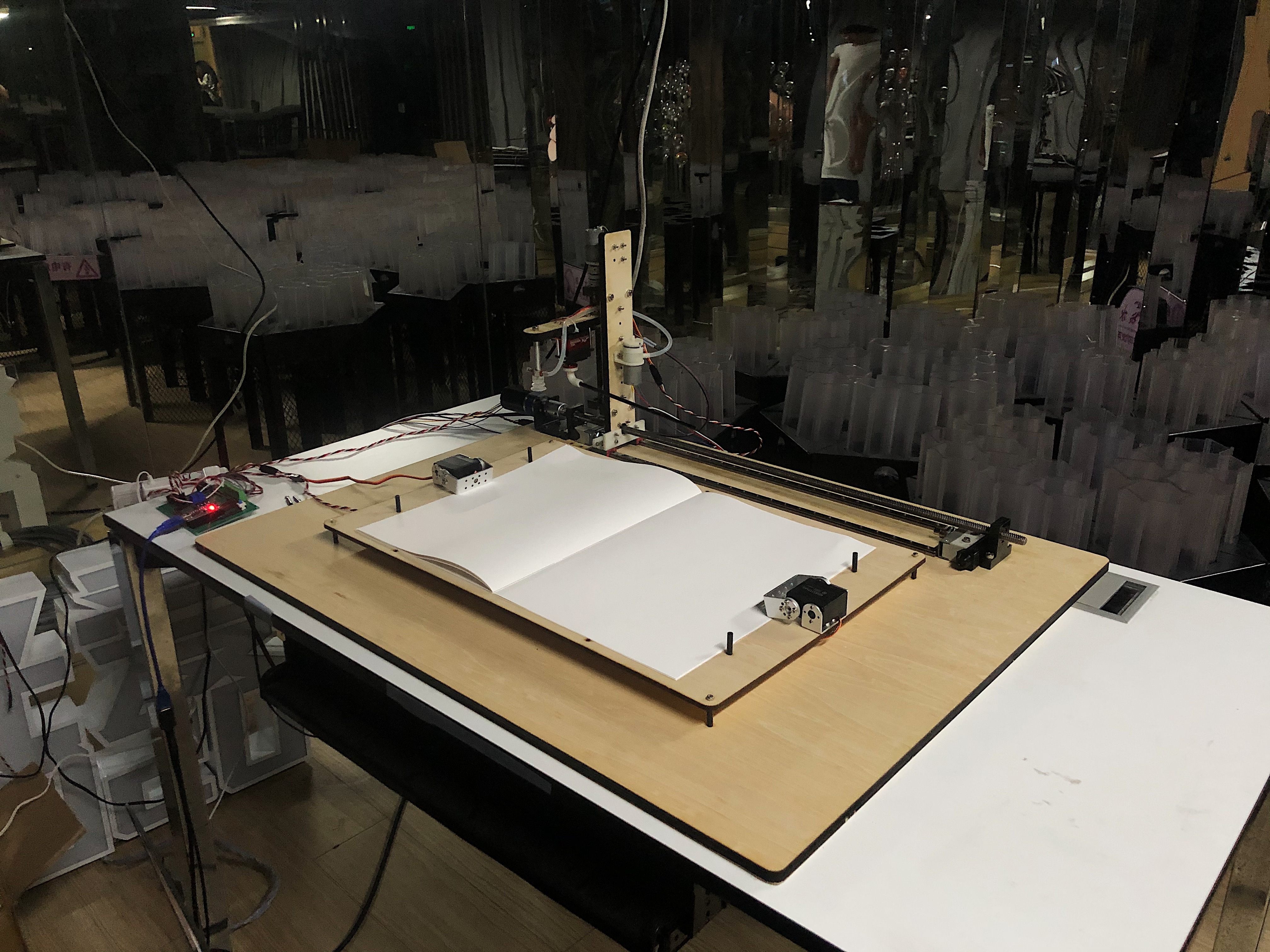Vast Cliff
Vast Cliff is an installation composed of projection mapping and page-flipping machine which record my journey in Qinghai this year.
produced by: Xinyu Sun
Introduction
The projection mapping and images are edited by Processing, and the machine is driven by Arduino. The photos taken during the journey are stored in the installation, thus displaying the itineraries like a flashback.
Concept and background research
There always seems to be a contradiction between experience and concentration. When people focus on doing something, they often ignore some feelings. The photos as the contents of the installation are the landform photos I took during my trip to Qinghai Province. Although I got the photos, I forget the feelings of being in those moments after the trip because sometimes I soaked myself into the control of photos and videos during the trip. The landforms constantly change during the trip. I took a lot of pictures of Qinghai's landforms with a drone. Those landforms are colourful and some of them are similar to computer-generated graphic in terms of texture. I used Processing to regenerate 35 landform photos and present them in a more abstract and brush-like way through a way of impression presentation, to express my impression. Meanwhile, I want to express my feelings at that time as appropriate as possible, so I chose this way as the content of projection mapping.
In the beginning, I was attracted by some place names in Qinghai Province, such as Lenghu, Mangya, Delingha. The literal meaning of Lenghu in Chinese is a cold lake, and the literal meaning of Mangya in Chinese is a vast cliff, which are just the transliteration of these names in Chinese. These names have different meanings in the local Mongolian language. For example, Delingha means a golden world in Mongolian, and Manya means forehead in Mongolian because the local wind-eroded Yadan landforms resemble the foreheads of saints who comb their hair. My feelings in Qinghai are very similar to the meaning of the word Mangya. No matter where I stood, it is vast and remote, and I was really surrounded by nature.
You can read plenty of information on the Internet now. Print, however, still looks like the truth. - Irma Boom
I choose the form of flipbook to present my works because I always think that paper reading is more emotional. Therefore, I choose the combination of paper reading and projection mapping to present my works. It is an installation that constantly flips pages by itself, thus trying to bring back the feelings of being in the moments through this way.
Technical
I refer to Liencheng Wang's work, Reading Plan, in terms of installation design and mechanical dynamics. His installation uses the friction of gears and manipulators to drive papers to be flipped. My installation mainly uses slide rails and motor to drive the screw rod to move.
First of all, I used laser cutting to make the main part. There are two wooden boards on the top and bottom of it in total. The holes on the boards were reserved for screws and nuts to fix the components.I used slide rails and sliders to form a left-right and up-down motion rails. I used bearings to fix the screw rod and used both ends of the coupling to fix the screw rod and motor to rotate. The five fixed components were made using 3D printing. For the part of flipping pages, I used the air pump and suction cup to suck up papers, and then used the steering gear and the carbon fibre rod fixed on the steering gear to flip pages.
For the code part, I used Processing to process the projection mapping part and drive the installation through serial communication Arduino. The images were switched at random each time, and a time of 30 seconds was set for each picture. When there were 10 seconds left, the book flipping installation would move horizontally to the position where the page would be flipped. At the end of 30 seconds, the flipbook installation would start to flip the page. Meanwhile, the screen would be gradually cleared by the white strokes. When flipping the page is about to end, the new image would be loaded. When the page is flipped to the settings page (the maximum page of the book), the page would be flipped backwards. Therefore, the installation would constantly flip pages.
Future development
First, I would like to increase the scale works in the future. For example, make projection mapping in a way with bigger scale. Secondly, it is the first time that I use the screw rod and motor to make the flipbook installation. The sound produced by the installation has a sense of atmosphere, but I also want to try to make it with other principles, such as a conveyor belt, etc. I originally planned to make some sculptures related to landforms by using 3D printing to display around the installation, so as to create a sense of atmosphere. However, due to the failure to display and arrange on-site, it was not realized.
Self evaluation
I feel that the output and display of the final works is enjoyable and have a sense of atmosphere, and conveys to the audience the emotions I want to express and a self-seeking memory. However, I think that there are not rich enough changes in the terms of image generation. There could be more changes, rather than a single stroke to generate images.
References
[1] Reading Plan, Liencheng Wang, 2016. http://soulblighter0122.blogspot.tw/p/reading-plan.html
[2] Reisenzein R. Emotional Experience in the Computational Belief–Desire Theory of Emotion. Emotion Review. 2009;1(3):214-222. doi:10.1177/1754073909103589
[3] Mar RA, Oatley K, Djikic M, Mullin J. Emotion and narrative fiction: Interactive influences before, during, and after reading. Cogn Emot. 2011;25(5):818-833. doi:10.1080/02699931.2010.515151
[4] Music : "Transmission (Excerpts)" by Alex Bainter is licensed under CC BY 4.0







































































